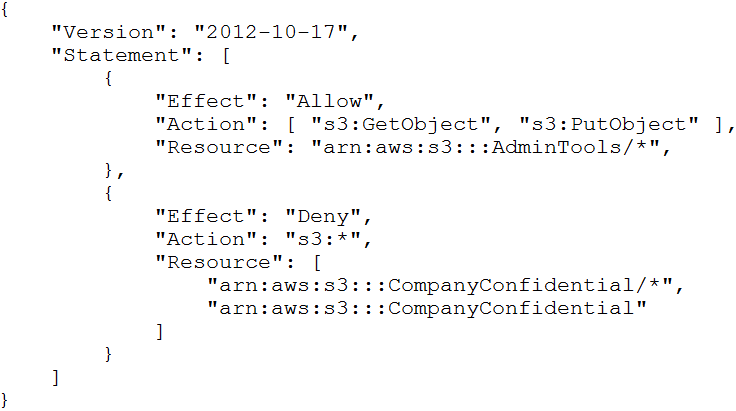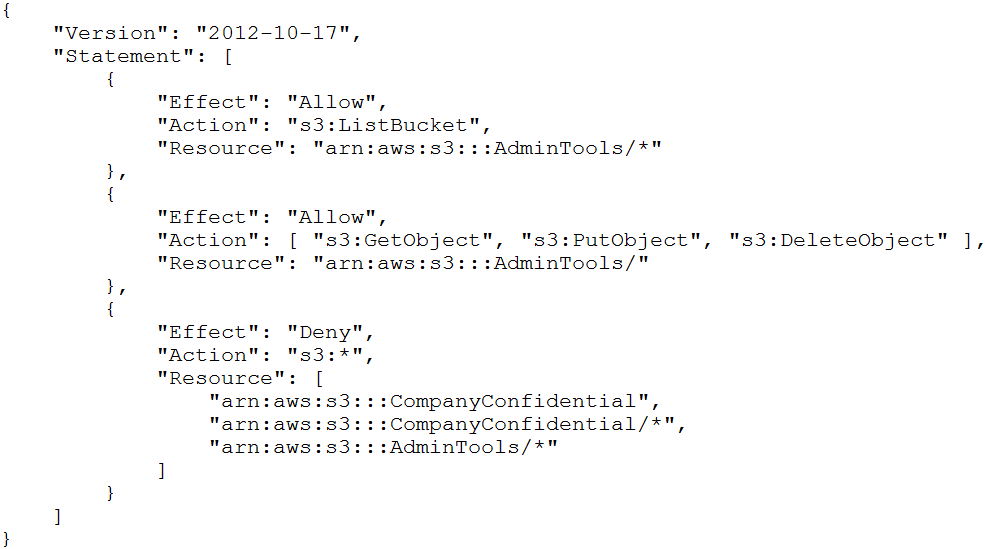A company is designing a website that uses an Amazon S3 bucket to store static images. The company wants all future requests to have faster response times while reducing both latency and cost.
Which service configuration should a solutions architect recommend?
B
Reference:
https://aws.amazon.com/getting-started/hands-on/deliver-content-faster/
A company has an on-premises MySQL database used by the global sales team with infrequent access patterns. The sales team requires the database to have minimal downtime. A database administrator wants to migrate this database to AWS without selecting a particular instance type in anticipation of more users in the future.
Which service should a solutions architect recommend?
A
Reference:
https://aws.amazon.com/premiumsupport/knowledge-center/migrate-mysql-rds-dms/
A company needs to comply with a regulatory requirement that states all emails must be stored and archived externally for 7 years. An administrator has created compressed email files on premises and wants a managed service to transfer the files to AWS storage.
Which managed service should a solutions architect recommend?
D
Reference:
https://aws.amazon.com/storagegateway/faqs/
A company has hired a new cloud engineer who should not have access to an Amazon S3 bucket named CompanyConfidential. The cloud engineer must be able to read from and write to an S3 bucket called AdminTools.
Which IAM policy will meet these requirements?
A.
B.
{
C.
D.
C
A company that hosts its web application on AWS wants to ensure all Amazon EC2 instances, Amazon RDS DB instances, and Amazon Redshift clusters are configured with tags. The company wants to minimize the effort of configuring and operating this check.
What should a solutions architect do to accomplish this?
A
Reference:
https://d1.awsstatic.com/whitepapers/aws-tagging-best-practices.pdf
A company has a live chat application running on its on-premises servers that use WebSockets. The company wants to migrate the application to AWS.
Application traffic is inconsistent, and the company expects there to be more traffic with sharp spikes in the future.
The company wants a highly scalable solution with no server maintenance nor advanced capacity planning.
Which solution meets these requirements?
B
A company hosts its static website content from an Amazon S3 bucket in the us-east-1 Region. Content is made available through an Amazon CloudFront origin pointing to that bucket. Cross-Region replication is set to create a second copy of the bucket in the ap-southeast-1 Region. Management wants a solution that provides greater availability for the website.
Which combination of actions should a solutions architect take to increase availability? (Choose two.)
BE
A company hosts a training site on a fleet of Amazon EC2 instances. The company anticipates that its new course, which consists of dozens of training videos on the site, will be extremely popular when it is released in 1 week.
What should a solutions architect do to minimize the anticipated server load?
C
A company runs a production application on a fleet of Amazon EC2 instances. The application reads the data from an Amazon SQS queue and processes the messages in parallel. The message volume is unpredictable and often has intermittent traffic. This application should continually process messages without any downtime.
Which solution meets these requirements MOST cost-effectively?
C
A company has a hybrid application hosted on multiple on-premises servers with static IP addresses. There is already a VPN that provides connectivity between the VPC and the on-premises network. The company wants to distribute TCP traffic across the on-premises servers for internet users.
What should a solutions architect recommend to provide a highly available and scalable solution?
A